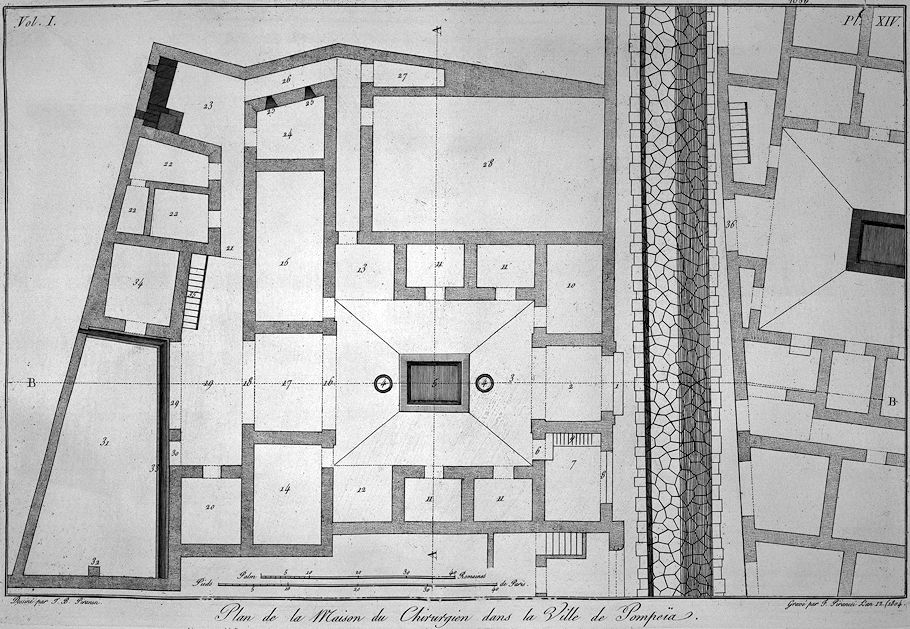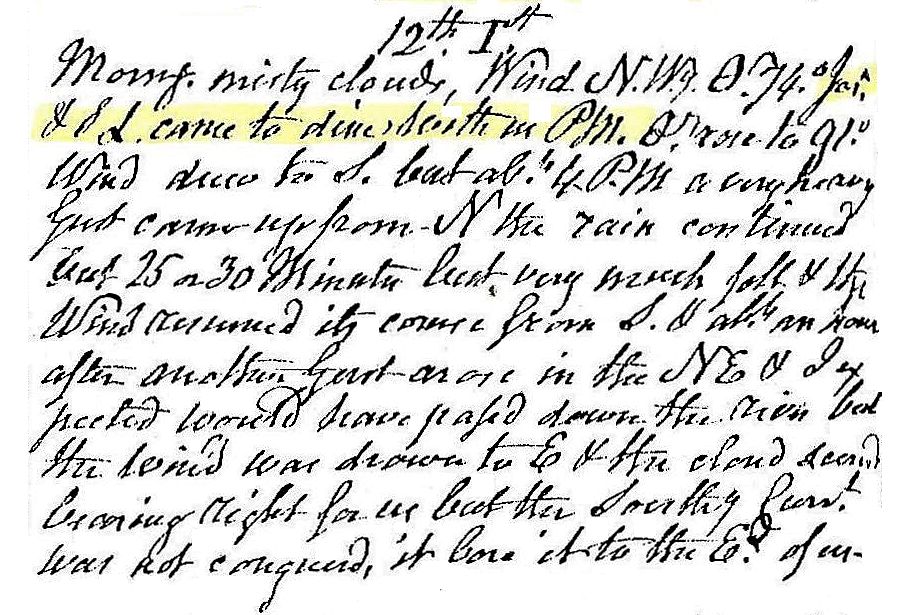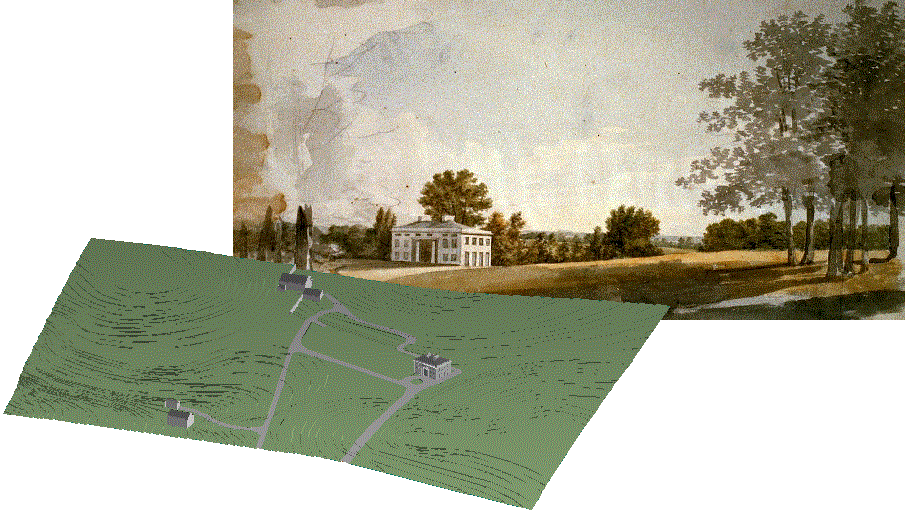12 July 1778 Sunday
. . . . . .
Artifacts of the Bianconi vs Piranesi 'Circus of Caracalla' affair 1772-1789
From Giovanni Ludovico Bianconi, "Pitture antiche trovati nella Vigna Laureti a San Pietro in Vincola" in Antologia Romana, XLIV, 1775, p. 352:
Before finishing this article, let us make a reflection here that may not have occurred to everyone. We are convinced that the ancients never left any wall bare as is the custom today. Where they did not encrust them with marble or stucco, they painted them. Painted are the external walls of the Theater of Herculaneum, painted inside and outside all the houses, and painted up to the gates of the city of Pompeii. Vestiges of painting can be seen, however, in the gate of the destroyed city of Pesto or both Poxide in Lucania which we have minutely examined. It was not long ago that a part of the underground prisons of the Circus of Caracalla on the Via Appia was discovered, and signs of paint were seen there, as can be seen on the vault of the great door of the Circus itself. Even the mortuary chambers of the sepulchres were painted; in short, all the antiquities in which the plaster is preserved also preserve vestiges of painting.
46 y.o. Francesco Piranesi 1804
Le Antichità della Magna Grecia Parte I

Plan of the Surgeon's House in the City of Pompeii.
Drawn by G.B. Piranesi
Engraved by F. Piranesi Year 12 (1804)
12 July 1812 Sunday

Morning misty clouds, wind NWerly, temperature 74°. Jos. and SL came to dine, South[?] in PM rose to 91°. Wind drew to S. but about 4 PM a very heavy gust came up from N. The rain continued but 25 or 30 minutes but very much fell and the wind resumed its course from S and about an hours after another gust arose in the NE and I expected would have passed down the river bed[?]. The wind was drawn to E and the cloud ...... bearing right for us but the southerly current was not conquered, it bore it to the E of us.
12 July 1998
Campus Martius
- the Field of Mars
- a place of assembly for the Roman people at the comitia centuriata; also, much resorted to by the Romans for games, exercise, and recreation, a place for military drills, etc.
Within his archeological publication Il Campo Marzio dell'Antica Roma, Piranesi wrote a history of the Campus Martius. The text, which is written in six chapters and supplemented with extensive footnotes, is both factual and polemical, and, for the most part, relates directly to the various maps and perspectives within the same publication. (The Ichnographia comprises six of Il Campo Marzio dell'Antica Roma's forty-nine plates.) The history itself is based on numerous ancient texts, as well as some Renaissance texts. It is interesting to note, moreover, that 20th century archeology, even though many more physical remains within the Campo Marzio are now unearthed, still relies heavily on the same ancient texts. It thus becomes arguable whether Piranesi's text is due more archeological credit than it generally receives.
12 July 2014

Ury Farm c1812 site model in sync with Latrobe watercolor
12 July 2023 Wednesday
My objective is not to rewrite some histories, my objective, rather, is to fix some histories. Fix, as in repair, and fix, as in set firmly in place. Again, that's my objective, dual objectives actually, yet the repairs and firm placements are not necessarily all inclusive nor solely conclusive.
First, repair the direct architecturally historical relationship between the Maxentian complex along the Appian Way and its neighbor across the street, the Martyrium San Sebastiano--the very end of pagan Roman architecture and the very beginning of Christian Roman architecture, respectively. Both set firmly at the same place and in the same time.
Second, repair Bianconi's and Piranesi's team[/final?] project--Ancient Circuses by Giovanni Lodovico Bianconi, Giovanni Battista Piranesi, Laura Piranesi, Francesco Piranesi, Carlo Fea, Stephen Lauf (1772-2023)--all the pieces thus far set firmly in place.
Third, repair the Ichnographia Campus Martius's meaning within the historical continuum. For a start, Piranesi, himself, repaired ancient Rome's architectural history, while at the same time setting that history firmly in place.
|